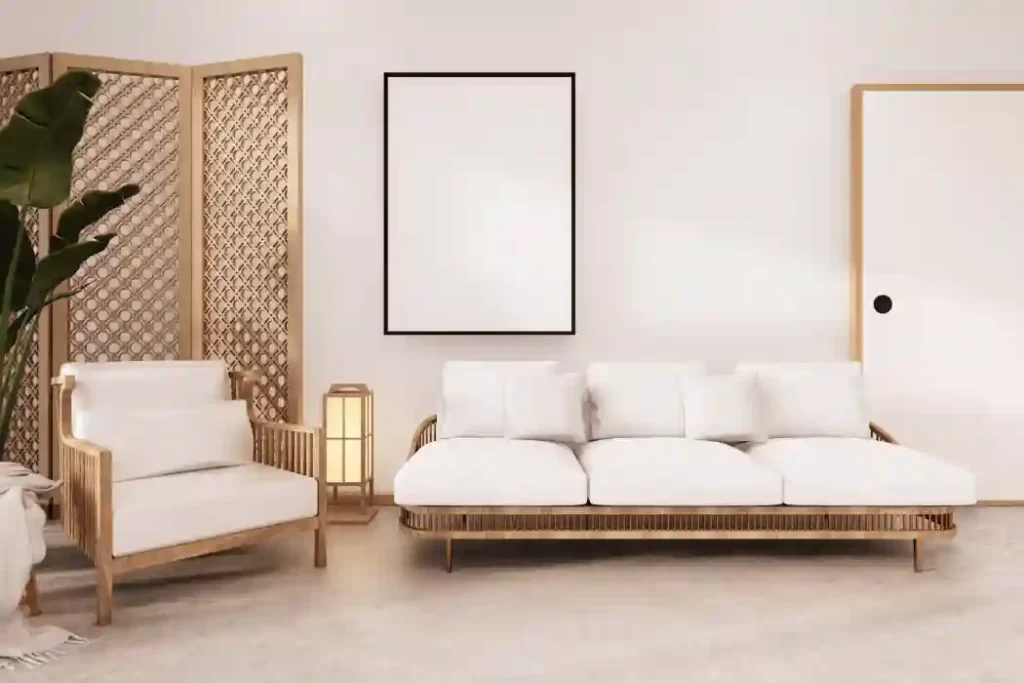Welcome to The Ultimate Guide to Sustainable Interior Design. This guide is a comprehensive resource for anyone looking to create environmentally-friendly and socially-responsible interior spaces. With the growing awareness of climate change and the importance of sustainable living, more and more people are seeking ways to incorporate sustainable practices into their daily lives. This guide provides practical tips and strategies for designing sustainable interiors, from selecting eco-friendly materials to reducing energy consumption and waste. Whether you are a homeowner, interior designer, or simply passionate about sustainability, this guide will provide you with the tools and knowledge to create beautiful, functional, and sustainable interiors that benefit both people and the planet. So, let’s get started on our journey towards sustainable interior design!
What is Sustainable Interior Design?
Sustainable interior design is a design approach that focuses on creating spaces that are environmentally friendly, socially responsible, and economically viable. This means using sustainable materials, reducing waste, and minimizing the carbon footprint of the design process. Sustainable interior design is not just about aesthetics; it’s about creating a healthier, more sustainable living environment for ourselves and future generations.
Choosing Sustainable Materials
One of the most important aspects of sustainable interior design is the use of sustainable materials. Sustainable materials are those that are renewable, non-toxic, and have a low environmental impact. These materials can be used for flooring, walls, furniture, and even accessories.
Some examples of sustainable materials include bamboo, cork, recycled glass, reclaimed wood, and natural stone. These materials are renewable, meaning they can be replenished and won’t deplete natural resources. They’re also non-toxic, meaning they won’t release harmful chemicals into the air or water. And, they have a low environmental impact, meaning they require less energy to produce and transport. Home renovation is an exciting opportunity to refresh and transform your living space.

Reducing Waste
Another important aspect of sustainable interior design is reducing waste. The design process can produce a lot of waste, from excess materials to packaging and shipping materials. To reduce waste, designers can use materials that are easily recyclable or biodegradable, and minimize the amount of packaging and shipping materials used.
Another way to reduce waste is to repurpose or upcycle existing materials. This can include using reclaimed wood for furniture or creating art out of discarded materials. By repurposing and upcycling, designers can give new life to old materials and reduce the amount of waste going into landfills.
Minimizing the Carbon Footprint
The carbon footprint of the design process is another important factor to consider in sustainable interior design. The carbon footprint refers to the amount of greenhouse gas emissions produced during the design, production, and transportation of materials and products. To minimize the carbon footprint, designers can choose materials and products that are locally sourced, meaning they don’t have to travel long distances to reach the design site. They can also choose materials and products that are made using renewable energy sources, such as solar or wind power.
Designing for Energy Efficiency
Designing for energy efficiency is another important aspect of sustainable interior design. Energy-efficient design can reduce energy consumption and lower utility bills, while also reducing the carbon footprint of the design. This can include using energy-efficient lighting, choosing appliances with an Energy Star rating, and designing spaces that maximize natural light and ventilation.
Incorporating Nature
Incorporating nature into interior design is another trend in sustainable interior design. Biophilic design, or the use of natural elements in design, has been shown to have numerous benefits for our health and well-being. This can include incorporating plants, natural materials, and water features into the design. By bringing nature indoors, designers can create a calming and soothing environment while also reducing the carbon footprint of the design.
Choosing Sustainable Furniture
Sustainable furniture is another important aspect of sustainable interior design. Furniture can be made from a variety of materials, some of which are more sustainable than others. Sustainable furniture is made from materials that are renewable, non-toxic, and have a low environmental impact. This can include furniture made from reclaimed wood, bamboo, or natural fibers such as cotton or linen. When choosing furniture, it’s important to consider not just the aesthetics but also the sustainability of the materials used in its construction.
Using Sustainable Textiles
Textiles are an important part of interior design, from curtains and upholstery to rugs and bedding. But many textiles are made from synthetic materials that are not sustainable and have a high environmental impact. To make your interior design more sustainable, choose textiles made from natural fibers such as cotton, linen, wool, or silk. Look for textiles that are certified organic or sustainable, and avoid fabrics that have been treated with harsh chemicals.
Implementing Sustainable Lighting
Lighting can have a significant impact on the energy consumption and carbon footprint of a home. To make your interior design more sustainable, choose energy-efficient lighting such as LED or CFL bulbs. These bulbs use less energy and last longer than traditional incandescent bulbs. You can also use natural light to your advantage by designing spaces that maximize the amount of natural light coming in. This can include using light-colored walls, reflective surfaces, and strategically placed windows.
Conclusion
Incorporating sustainable interior design principles into your home can help reduce your environmental impact, create a healthier living space, and save you money on utility bills. By choosing sustainable materials, reducing waste, minimizing the carbon footprint, and designing for energy efficiency, you can create an eco-friendly and stylish living space that is both beautiful and sustainable. Whether you’re starting a new design project or simply updating your existing space, there are many ways to make your interior design more sustainable and environmentally responsible. By following the ultimate guide to sustainable interior design, you can make a positive impact on the planet and enjoy a beautiful and sustainable home for years to come.

